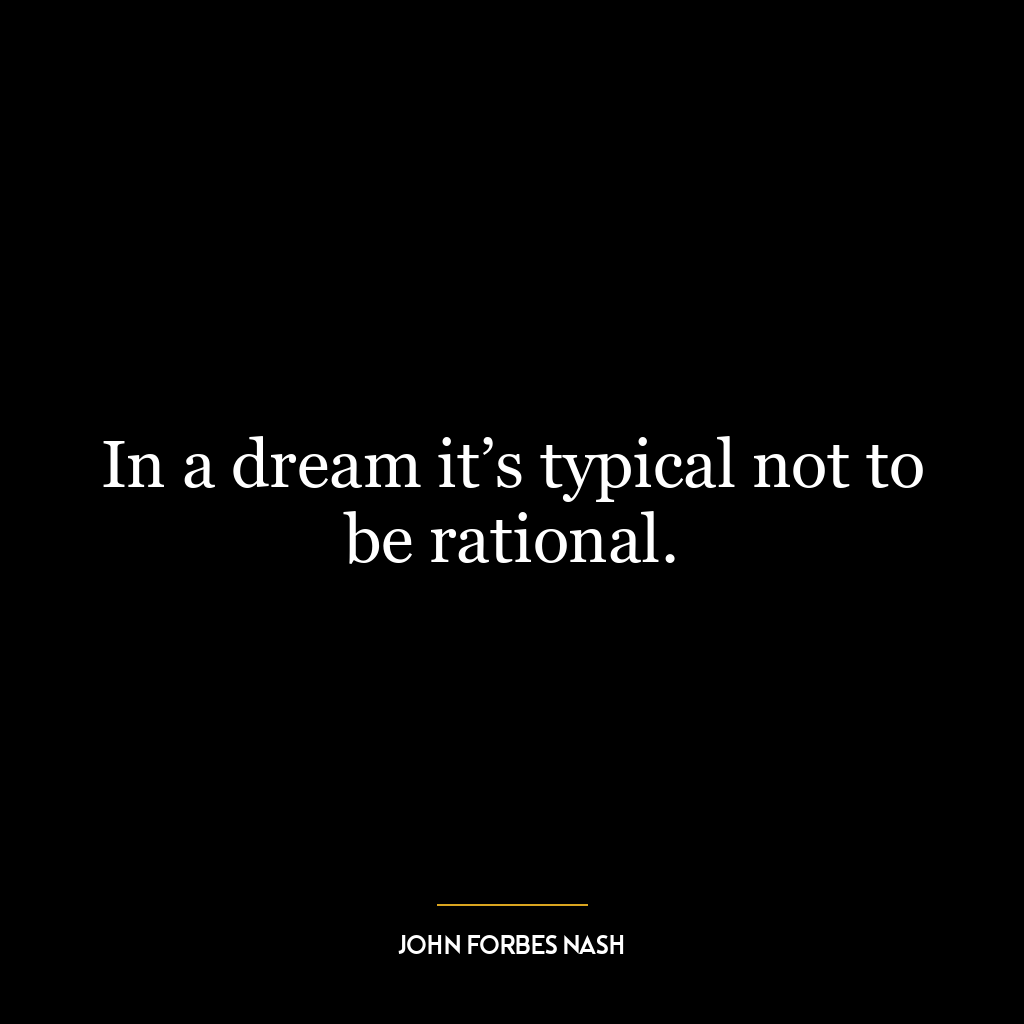Benjamin Peirce Quotes
- Mathematician
- USA
- 1809 - 1880
Benjamin Peirce (1809-1880) was an American mathematician, astronomer, and philosopher who made significant contributions to the fields of mathematics and astronomy. He is known for his work in celestial mechanics, algebraic geometry, and the development of symbolic logic. Peirce was a professor at…Read More
Benjamin Peirce (1809-1880) was an American mathematician, astronomer, and philosopher who made significant contributions to the fields of mathematics and astronomy. He is known for his work in celestial mechanics, algebraic geometry, and the development of symbolic logic. Peirce was a professor at Harvard University for over 50 years and was a founding member of the National Academy of Sciences. He also served as the superintendent of the U.S. Coast Survey and was a leading figure in the American scientific community during the 19th century. Some of his notable works include “Linear Associative Algebra” and “Ideality in the Physical Sciences.” Peirce’s legacy continues to influence modern mathematics and his contributions are still highly regarded in the scientific community.Read Less
Benjamin Peirce (1809-1880) was an American mathematician, astronomer, and philosopher who made significant contributions to the fields of mathematics and astronomy. He is known for his work in celestial mechanics, algebraic geometry, and the development of symbolic logic. Peirce was a professor at Harvard University for over 50 years and was a founding member of the National Academy of Sciences. He also served as the superintendent of the U.S. Coast Survey and was a leading figure in the American scientific community during the 19th century. Some of his notable works include “Linear Associative Algebra” and “Ideality in the Physical Sciences.” Peirce’s legacy continues to influence modern mathematics and his contributions are still highly regarded in the scientific community.
Benjamin Peirce Career Highlights
- Peirce was appointed as a professor of mathematics at Harvard University in 1833, where he remained for the rest of his career.
- He was the first American to be elected to the Royal Astronomical Society in 1850.
- In 1852, Peirce became the first president of the American Association for the Advancement of Science.
- He was a founding member of the National Academy of Sciences in 1863.
- Peirce was awarded the Copley Medal by the Royal Society in 1869 for his contributions to mathematics and astronomy.
Key Contributions by Benjamin Peirce
- Peirce made significant contributions to the development of symbolic logic, which is the use of symbols to represent logical relationships and operations. He introduced the concept of existential graphs, which are graphical representations of logical propositions.
- He also made important contributions to the study of algebraic geometry, particularly in the area of linear differential equations.
- Peirce was a pioneer in the field of celestial mechanics, making important discoveries about the orbits of comets and asteroids.
- He developed the Peirce quincuncial projection, a map projection that minimizes distortion of landmasses on a flat surface.
What Sets Benjamin Peirce Apart
- Peirce was a highly influential teacher and mentor, known for his dedication to his students and his ability to inspire them to pursue careers in mathematics and science.
- He was a prolific writer, publishing over 400 papers and books on a wide range of topics in mathematics, astronomy, and philosophy.
- Peirce was a strong advocate for the use of mathematics in practical applications, and he worked closely with the U.S. Coast and Geodetic Survey to improve methods for determining longitude at sea.
Takeaways
- Benjamin Peirce was a highly accomplished mathematician and astronomer who made significant contributions to the fields of mathematics and astronomy.
- His work in symbolic logic and algebraic geometry laid the foundation for future developments in these areas.
- Peirce’s dedication to teaching and mentoring future mathematicians and his advocacy for the practical applications of mathematics continue to inspire and influence the field today.







